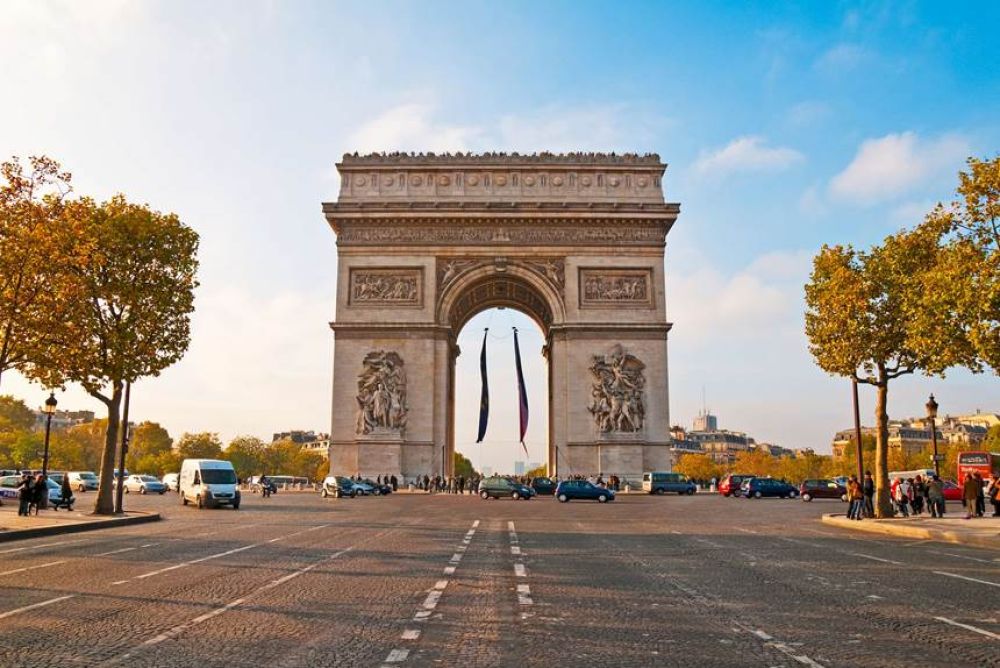

The Arc de Triomphe is not merely a monument in Paris; it is a symbolic representation of France's national pride. Commissioned by Napoleon in 1806 after his victory at Austerlitz, the Arc was intended to glorify French military achievements. However, it was not completed until 1836, long after Napoleon's downfall. Standing tall at the western end of the Champs-Élysées, the Arc de Triomphe is intricately linked with the history of both Paris and France.
In the late 19th and early 20th centuries, with the growth of international travel, the Arc de Triomphe emerged as a key tourist spot in Paris. Its majestic design by Jean-François-Thérèse Chalgrin and its commanding view over the city made it a must-see for travelers. The tomb of the Unknown Soldier and the eternal flame added after World War I further increased its importance, turning the monument into both a tourist attraction and a place of remembrance.
The tourism industry in Paris began to transform with the advent of air travel, global communication, and the burgeoning middle class post World War II. The Arc de Triomphe leveraged its historical significance by integrating modern visitor facilities, such as an informative museum beneath its vault and the addition of an observatory deck at the top offering panoramic views of Paris.
In recent years, there has been an increased focus on sustainable tourism in Paris. Authorities have taken measures to reduce the carbon footprint of tourists visiting the Arc de Triomphe. For example, pedestrian-friendly zones around the monument have been expanded to encourage walking and the use of bicycles.
Another significant trend has been the digitalization of the tourist experience. Visitors are now able to purchase tickets online, avoiding long queues. Virtual reality experiences and mobile apps offer interactive and engaging histories of the Arc de Triomphe, catering to the digital-savvy generation.
The Arc de Triomphe regularly serves as the backdrop for major events, which further entrenches its status as a premier tourist destination. Notably, it is the terminus of the Tour de France, one of the world's most famous cycling races. Additionally, the annual Bastille Day military parade on July 14 showcases the grandeur of the monument to a global audience, attracting even more visitors to this iconic site.
The Arc de Triomphe stands as one of the most renowned landmarks in Paris. Its history as a beacon for tourists reflects the changes in travel trends and the adaptability of historical sites in providing enriching, accessible, and sustainable experiences. Looking forward, it is likely to continue to be a symbol of Parisian allure and a cornerstone of the city's tourism offering.